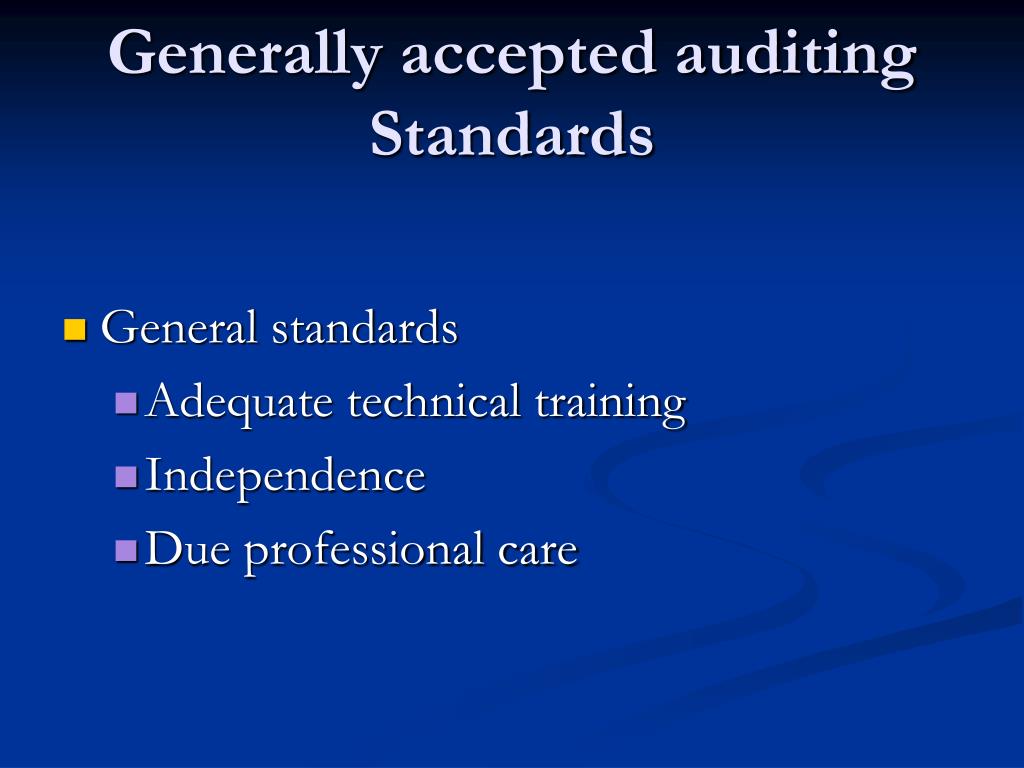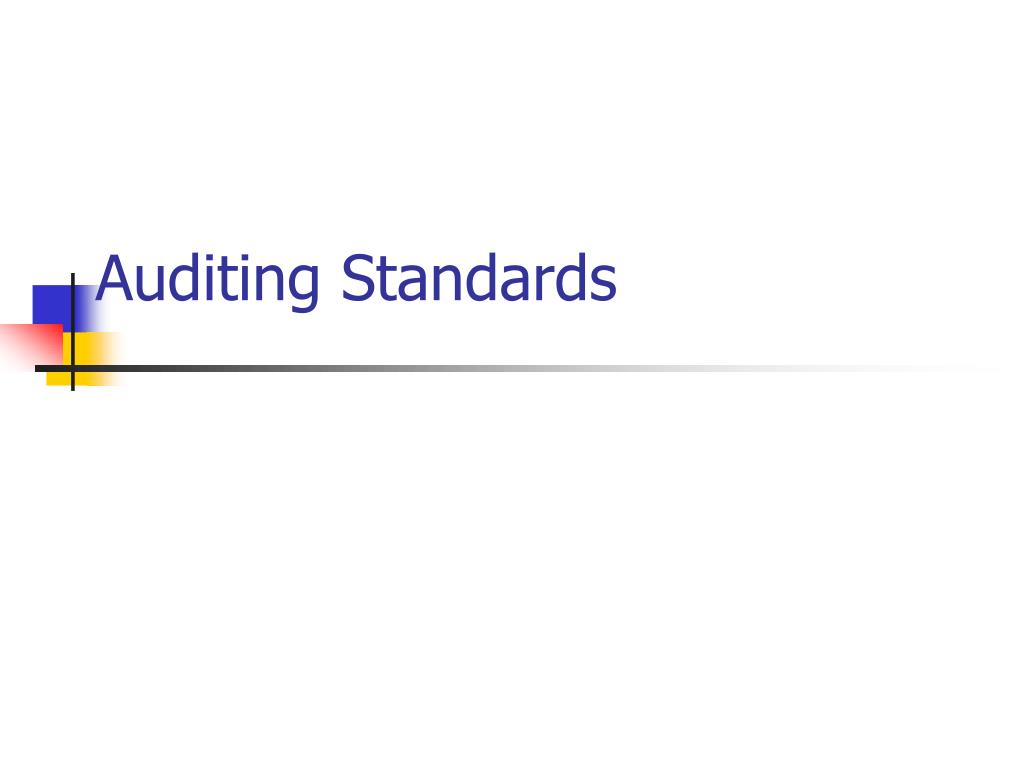

The appropriateĪnalytical procedures are no different from the ones already studied in Chaptersħ and 8 and in those chapters dealing with tests of details of balances.įor review services, if a client fails to follow generally accepted accounting Relationships and individual items that appear to be unusual. The analytical procedures are meant to identify Generally accepted accounting principles consistently applied. Matters whether the financial statements have been prepared in conformity with Inquire of persons having responsibility for financial and accounting.Inquire into actions taken at meetings of stockholders and board of.Summarizing transactions, and disclosing information in the statements. Inquire as to the company's procedures for recording, classifying, and.Inquiry is the most important of the review procedures. Whether the financial statements are fairly presented, assuming that management does not intend to deceive theĪccountant. The objective of these inquiries is to determine Should be higher than that for compilation. The basis, form, and content of the financial statements. The client's business transactions, its accounting records and employees, and The information should be about the nature of The level of knowledge for reviews should be somewhat higher than that Obtain knowledge of the accounting principles and practices of the client's The following types of procedures are emphasized for review services: More than the zero-level assurance for a compilation. The level ofĪssurance is less than that for an audit of historical financial statements, but The reason for including such a statement inĪ review report is to provide financial statement users with some level ofĪssurance that the financial statements are fairly stated. The auditor's attention that would lead the auditor to believe that theįinancial statements were not prepared in accordance with GAAP or otherĬomprehensive basis of accounting. Reviews provide limited assurance, but considerably less than a typical audit.Ī negative assurance states, along with factual statements, that nothing came to Review Engagements under Statements of Standards of Accounting and Statements, information that is the representation of management A compilation is defined in SSARS as presenting, in the form of financial Information came to the practitioner's attention to indicate that the assertionsĪre not presented in all material respects in conformity with the applicableĬriteria. In this form, the practitioner's report states whether any In a review, the practitioner provides a conclusion in the form of a In this type of report, the practitioner makes a direct statementĪs to whether the presentation of the assertions, taken as a whole, conforms to An audit results in a conclusion that is in a Generally accepted accounting principles are one type of examination.

Audits of historical financial statements prepared in accordance with That the conclusions stated in his or her report are correct. The degree of certainty the practitioner has attained, and wishes to convey, Levels of Assurance with the Financial Statements


 0 kommentar(er)
0 kommentar(er)
